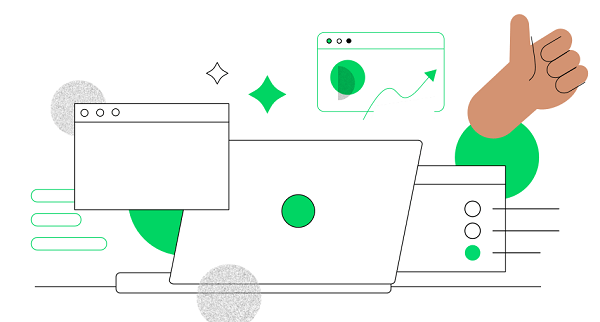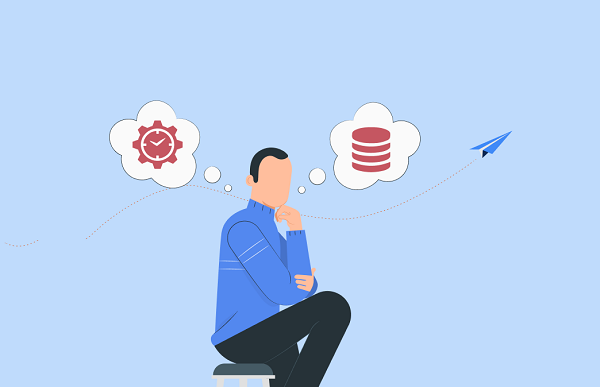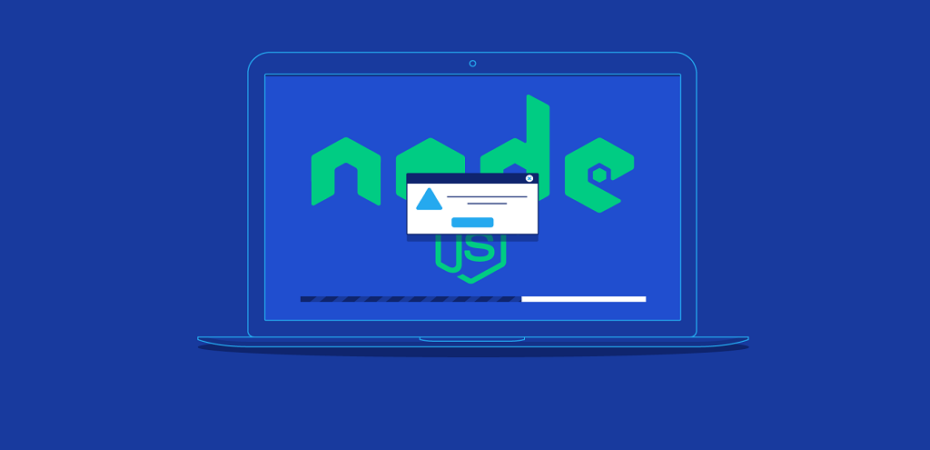Node.js is widely used in different parts of the world. It offers a minimal learning curve and allows for the creation of several microservices.
This JavaScript runtime environment is ideal for command-line applications, dynamic web pages, and web apps. It can ask for commands from code, interact with other libraries, and function as a web server. Use this framework to achieve your goals and objectives no matter what you want to create.
Yet, it takes a lot of work. If you’re working with Node.js development services, prepare for some challenges.
Keep reading to learn some of the best Node.js principles and useful tips and tricks that can help you avoid mistakes and security gaps in your code.
What Is Node.js?
According to a StackOverflow developers survey, Node.js is the most widely used development framework among developers over the past several years. It is an open-source JavaScript runtime environment that provides a cross-platform and is powered by a V8 engine.
The syntax is straightforward to comprehend, making it ideal for event-driven and asynchronous programming. Starting with Node.js is simple, but as you move into advanced programming, you must deal with the code complexity and faults that might cause problems.
Node.js is still a new ecosystem, but it doesn’t take away from its numerous advantages. It frequently turned out to be successful for businesses like Mozilla, PayPal, eBay, Walmart, etc.
6 Best Tips and Tricks to Speed Up Node.js Development Process

To help you become more proficient with Node.js, we’ve put together some time-saving advice.
1. Go asynchronous
Because it eliminates blocking threads, Node.js engineers prefer using an asynchronous method when developing websites. You should give it a go in the divisions responsible for the performance.
For example, the synchronous code is appropriate if one creates a script for using a database and not just for handling concurrent or parallel operations.
Continuously developing asynchronous code is a good general tip to keep in mind while using Node.js, according to experts.
2. Error handling
Debugging becomes more challenging if ignoring error handling in the code. One application issue may cost you billions of dollars. Therefore, an application has to have effective exception management.
However, it will not completely remove all the coding flaws. It makes your code more intelligent and capable of handling things that can unexpectedly go wrong.
The.catch() handler, which propagates all mistakes properly, is the ideal technique to handle problems.
3. Use logging tools
Although Console.log is a fantastic tool, a production application has constraints that prevent you from using it for all logging needs. There aren’t enough setup choices available, including the lack of a filter option to filter logs.
You can utilize one of the logging frameworks provided by Node in your application. Your logging type will depend on your company’s needs and resource limitations.
The logging frameworks such as Bunyan, Winston, and Pino are excellent examples. Using them simplifies and improves the effectiveness of Node.js logging. Instead of employing agents, which increases resource usage and delay, this method is superior for logging.
4. Keep your application stateless

The scope of the data will be limited to that specific process if it is saved in the program itself, including sessions, user data, and cache. As a result, you must save information on external data storage devices.
By maintaining statelessness, your application may withstand system failures without suffering any loss of functionality.
Use serverless technologies like AWS Lambda that enforce stateless behavior by default to achieve this.
5. Test your application
Before releasing your application, it is essential to test it. It is never too late to start testing an application, regardless of where it is in the development process.
Testing is essential to find flaws and faults, which ensures the quality of software and makes it dependable and simple to use.
The most well-liked testing libraries for Node.js applications are as follows:
- Mocha;
- Jest;
- Jasmine;
- AVA.
6. Look deeper
Keep in mind that you should address the cause of the problem, not the symptoms while attempting to speed up Node.js code. Perhaps, your system is underpowered, there is a bug in the code, or automatic scaling hasn’t been applied. Prioritize the issue so that you can investigate and decide what to do next. Additionally, pay attention to recording the behavior of the program, as this will enable you to comprehend the core issue.
Conclusion
In this post, we discussed some of the top Node.js development best practices. By following these recommendations, you can create a superior Node.js app code. If you want to make the most of Node.js, hiring a knowledgeable team of engineers is the best option. If you want the greatest results, find a dedicated staff that is well-versed in both front-end and back-end JavaScript technology.
Read also:

